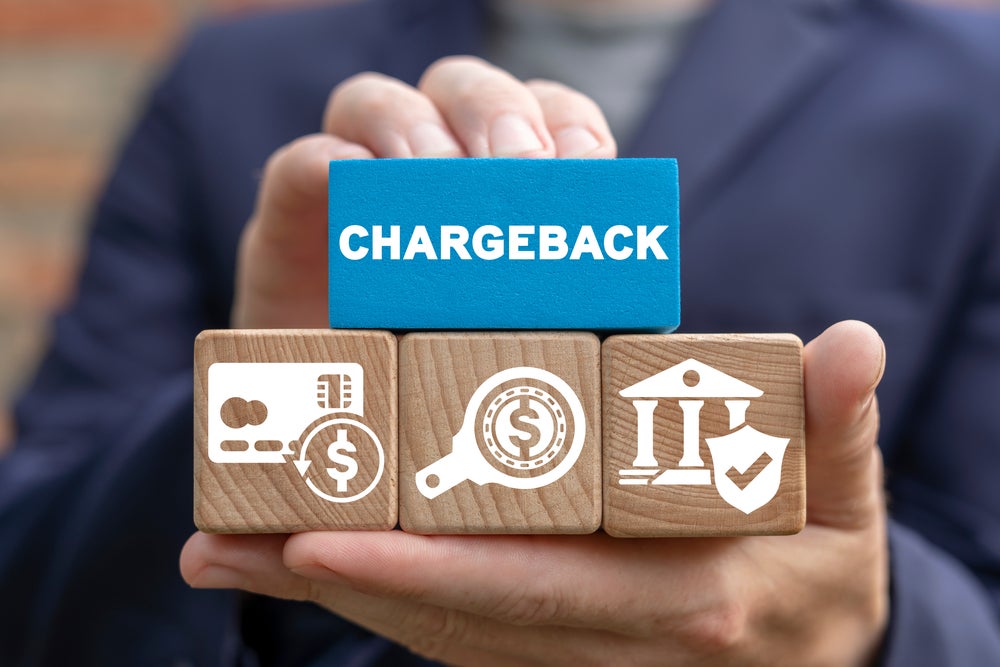It’s unimaginable to envisage a supermarket with no customers, no check outs – manned or unmanned, gondola ends with tons of offers, and even the smell of freshly baked bread. But actually, Tesco has five and walk-in customers aren’t welcome. They’re not on the high street or even on retail parks. That’s because they are ‘dark stores’. They exist to serve the ever-growing needs for online shopping, writes John Worley
It’s ironic really: Tesco opened its latest ‘dark store’ in January and it created 700 jobs. In contrast, BlockBuster and HMV were slow to respond to the fast moving Internet-enabled business model, leading them into the red.
Technology has rapidly changed the high street – although high rents and the changes in consumer behaviour have not helped. Some of this is down to the phenomenon dubbed ‘showrooming’, when people use their phones while out shopping to examine whether their prospective purchases are available cheaper online or elsewhere.
A recent survey found that four out of ten ‘showroomers’ end up making their purchases elsewhere. Indeed, one in five people said they only went into a shop to ‘check out’ something they planned to buy online. Yet, some consumers still value what the high street can offer – the chance to inspect what they’re thinking of buying.
Various market research studies indicate that on average four of ten ‘showroomers’ end up making their purchases elsewhere – with some consumers even admitting that they only go in-store to ‘check-out’ things they planned to buy online. There is an argument that consumers still value the high street – even if to inspect goods that they may eventually purchase online.
How well do you really know your competitors?
Access the most comprehensive Company Profiles on the market, powered by GlobalData. Save hours of research. Gain competitive edge.

Thank you!
Your download email will arrive shortly
Not ready to buy yet? Download a free sample
We are confident about the unique quality of our Company Profiles. However, we want you to make the most beneficial decision for your business, so we offer a free sample that you can download by submitting the below form
By GlobalDataHowever, reflecting directly on the high street itself, technology can strengthen retention and sales. Firstly, being able to visualise and feel products is a big tick mark for the consumers. Retailers can capitalise on this and offer real-time discounts and incentives – increasing the likelihood of completing a purchase. John Lewis, for example, offers free Wi-Fi to customers’ in-store, which allows the retailer to match and improve offers as well as provide complimentary products or services using its multichannel infrastructure. John Lewis encourages consumers to do what most of us already do, go into the store, then look online to check if you can get it cheaper or with an offer.
Secondly, data is a key benefit for high street retailers. The more you know about your customers, the better they can be targeted with promotions and offers, giving you better ROI. Take voucher sites for example. Various websites today offer coupons and money back to an anonymous customer, making it difficult to tie that back to the person who redeems it. Alternatively, if this is issued through a mobile, it is unique to that handset, so you know the demographics of who is using the voucher, their location and when they use it.
Retailers can instantly know if the unique voucher code has been used or not, and by who. Access to such customer buying behaviour data gives the retailer much better control over its marketing budget. But it’s not simply the data they collect on consumers – it’s also the data they can provide to their customers for future tailored deals.
High streets need to make available the tools consumers desire to interact in-store. This will allow the consumer to not only browse in-store, it will also encourage them to complete their purchase and take their shopping away with them.





